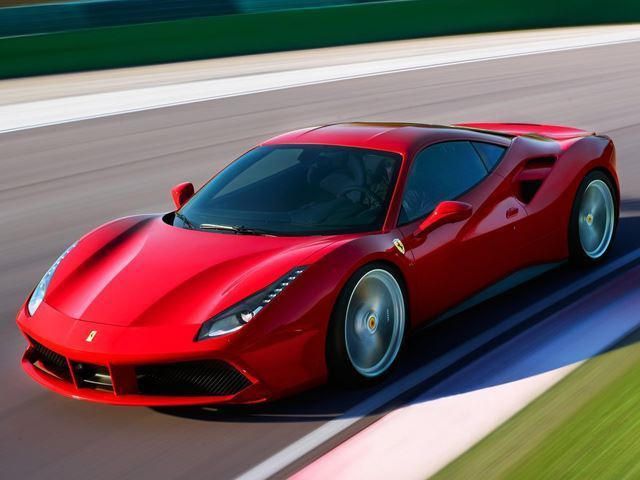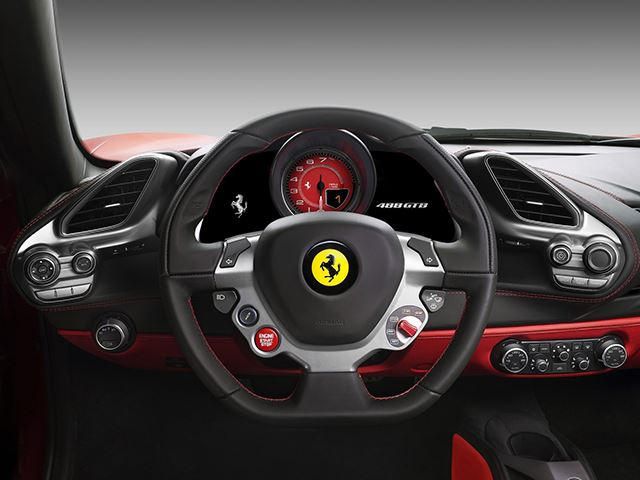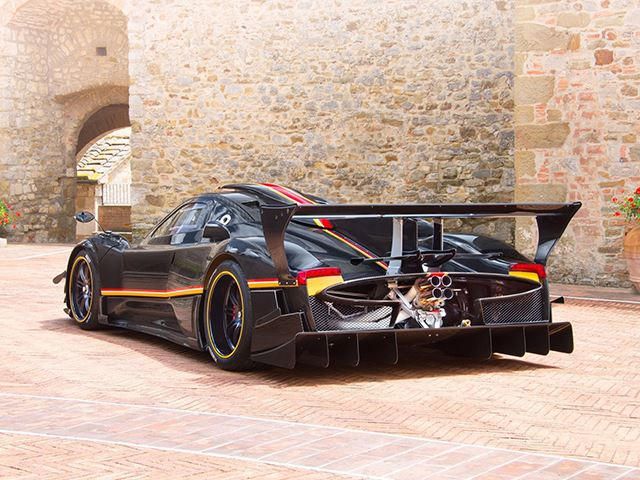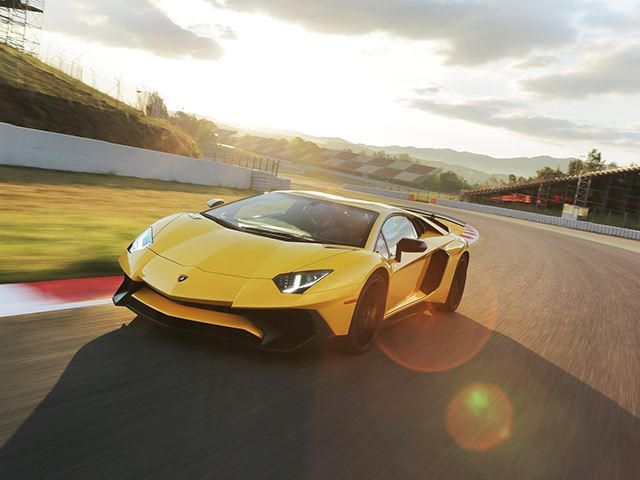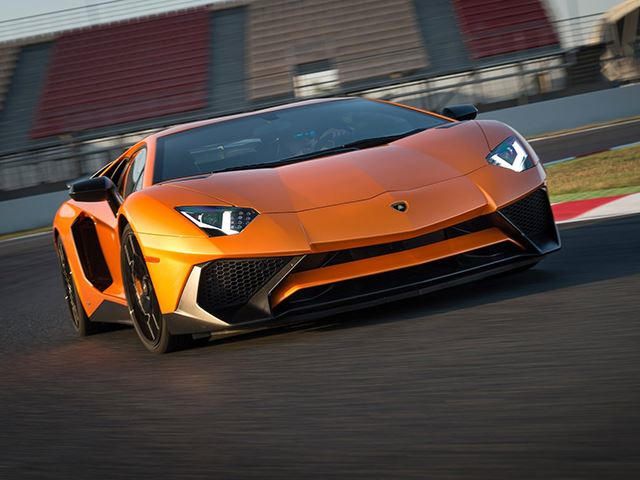
Any gearhead who loves cars enough to delve into the mechanics behind them may have stumbled across the complex diagrams of a transmission and decided they'd rather just not know. After all, ignorance is bliss. Despite the mass of confusion, a transmission is really just a complicated Rube Goldberg with a simple job: to allow the engine, which has a low range of torque and speeds, to have a broader range of torque and speed. This makes it so a car can accelerate more quickly and reach a higher top speed.
If you don't understand how this works, get into a car with a manual and try driving using only third gear. Thing is, our favorite automakers like Ferrari and Porsche have all but made double clutch transmissions (DCTs) standard on every car to yield performance benefits. So how are you going to know anything about how your favorite cars work if you cannot understand the DCT? Better start somehow. To lean the DCT, one should know the basics about a regular transmission. Luckily this is a heavily abridged explanation. The engine's power is sent out from the flywheel to a clutch in the case of a manual transmission and from a flex plate to a torque converter in the case of an automatic.
The clutch and torque converter both send the engine's power into the transmission, which gets manipulated by the gears to ensure that proper amounts of torque and speed are sent through the output, which ends up at the wheels. When shifting gears, there must be an interruption in power because on both types of transmissions, all of the gears lie on one input shaft and must pause to disengage old gears and reengage new ones. A double-clutch transmission works so fast because it splits the gears into two different input shafts, hence the "double clutch" part. How does this fit onto one flywheel? Think of one clutch as a ring and the second one as a coin, or a circle surrounding a dot to make it easy.
To fit on the single flywheel, the coin lies within the edge of the ring, (i.e. circle surrounding dot). When the coin is contacting the flywheel, the ring is pulled back and the selected gear on the coin's input shaft is active. When the driver changes gear, the coin retracts and the ring instantly gets pushed into the flywheel. Contact between the ring and the flywheel allows the engine's power to flow to the selected gear on the ring's input shaft. Using this analogy on a six-speed transmission, we can say that all of the odd gears (1, 3, and 5) are on the coin's input shaft while the even, (2, 4, and 6) are on the ring's. When starting off, the coin is engaged in first gear.
When the gear is changed, the coin quickly retracts and the ring slams into place with second gear already selected. This entire process takes between 20-60 milliseconds in any new Ferrari you can buy. When you take into account that the human eye takes 300-400 milliseconds to blink, you start to see just how instantaneous this process really is. This is what makes shifts on new Ferraris sound more like cracks of a whip than gears changing their places. But that's only one added bonus, with the other obvious one being faster lap times, tenths of seconds shaved off of acceleration times, and the badass feel of shifting through paddles.

